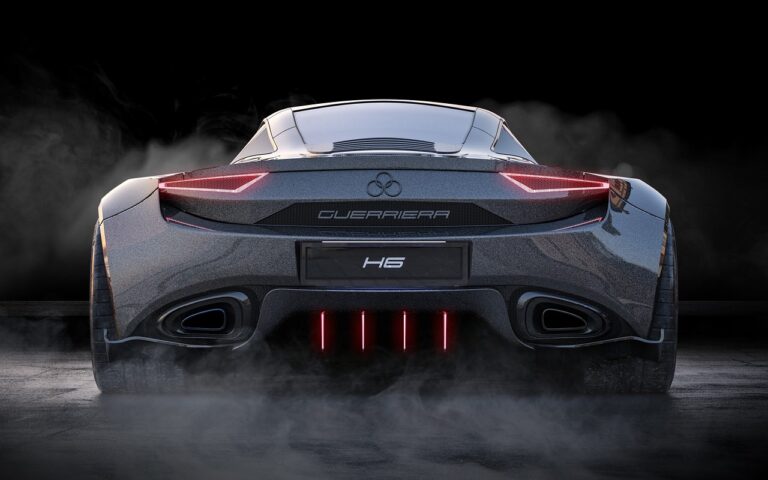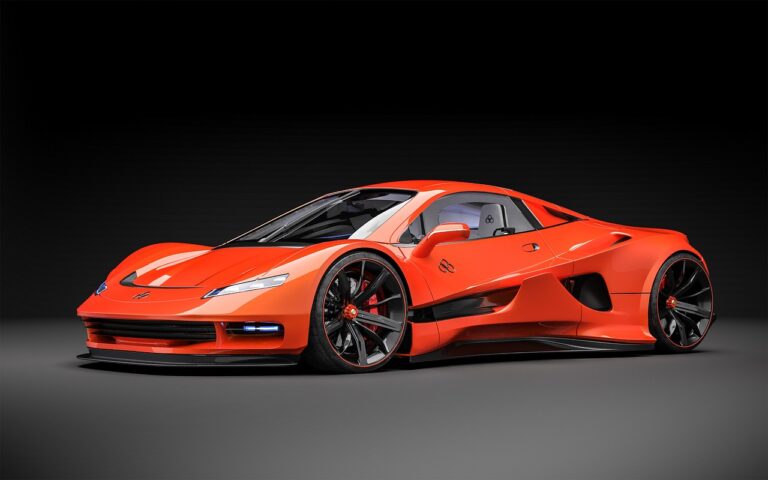Prototyping Intelligent Headlight Systems for Enhanced Visibility
silverexch, goldenexch. bet, betbook247: Prototyping Intelligent Headlight Systems for Enhanced Visibility
Driving at night can be a challenging experience, especially when visibility is reduced. Headlights play a crucial role in ensuring that drivers can see clearly in low light conditions. However, traditional headlight systems have their limitations when it comes to providing optimal visibility. To address this issue, automotive manufacturers are now turning to intelligent headlight systems that can adapt to changing road conditions and enhance visibility for drivers.
In this article, we will explore the concept of prototyping intelligent headlight systems for enhanced visibility and how this technology is revolutionizing the way we drive at night.
What are Intelligent Headlight Systems?
Intelligent headlight systems are advanced lighting solutions that use sensors, cameras, and microprocessors to automatically adjust the direction, intensity, and range of the headlights based on the surrounding environment. These systems can detect oncoming vehicles, pedestrians, and road signs, and adjust the headlights accordingly to provide optimal visibility without causing glare for other road users.
One of the key features of intelligent headlight systems is adaptive lighting, which allows the headlights to swivel and pivot in response to the driver’s steering input and road curvature. This helps to illuminate the road ahead more effectively, especially on winding roads or sharp turns.
Why are Intelligent Headlight Systems Important?
Enhanced visibility is crucial for safe driving, especially at night when visibility is reduced. Traditional headlight systems have limited capabilities and may not provide adequate illumination in certain driving conditions. Intelligent headlight systems address this issue by automatically adjusting the headlights to provide optimal visibility in all situations.
Additionally, intelligent headlight systems can help to reduce the risk of accidents by improving the driver’s visibility of potential hazards on the road. By illuminating the road ahead more effectively and reducing glare for other road users, these systems can enhance overall road safety and driver confidence.
How are Intelligent Headlight Systems Prototyped?
Prototyping intelligent headlight systems involves designing, testing, and refining the technology to ensure that it meets the required performance and safety standards. Automotive manufacturers use advanced computer-aided design (CAD) software and simulation tools to create virtual prototypes of the headlight systems before moving on to physical prototypes.
Physical prototypes are then tested in controlled environments, such as test tracks or laboratories, to evaluate their performance in real-world driving conditions. Engineers analyze data collected from these tests to identify areas for improvement and refine the design of the headlight systems.
The prototyping process may involve multiple iterations to fine-tune the technology and ensure that it meets the desired specifications. Once a prototype is deemed successful, it moves on to production and integration into new vehicle models.
Benefits of Intelligent Headlight Systems
Intelligent headlight systems offer a range of benefits for drivers, including:
1. Enhanced visibility: By automatically adjusting the direction, intensity, and range of the headlights, intelligent headlight systems provide optimal visibility in all driving conditions.
2. Improved safety: By reducing glare for other road users and illuminating potential hazards more effectively, intelligent headlight systems help to improve road safety and reduce the risk of accidents.
3. Convenience: Intelligent headlight systems eliminate the need for manual adjustment of the headlights, allowing drivers to focus on the road ahead without distractions.
4. Energy efficiency: By only illuminating the areas that require additional light, intelligent headlight systems are more energy-efficient than traditional headlight systems, helping to reduce fuel consumption and emissions.
Future Developments in Intelligent Headlight Systems
As automotive technology continues to evolve, we can expect to see further advancements in intelligent headlight systems. Some of the future developments in this area may include:
1. Integration with autonomous driving technology: Intelligent headlight systems could be integrated with autonomous driving technology to provide even more precise and adaptive lighting solutions.
2. Enhanced connectivity: Intelligent headlight systems may be able to communicate with other vehicles on the road to exchange information about road conditions and improve overall safety.
3. Advanced sensor technology: Future intelligent headlight systems may incorporate advanced sensor technology, such as LiDAR or infrared sensors, to further enhance their capabilities in detecting obstacles and road signs.
Overall, intelligent headlight systems are poised to revolutionize the way we drive at night by providing enhanced visibility and safety for drivers. As this technology continues to evolve, we can expect to see even more advanced and efficient lighting solutions that improve the overall driving experience.
FAQs
Q: How do intelligent headlight systems work?
A: Intelligent headlight systems use sensors, cameras, and microprocessors to automatically adjust the direction, intensity, and range of the headlights based on the surrounding environment. These systems can detect oncoming vehicles, pedestrians, and road signs, and adjust the headlights accordingly to provide optimal visibility.
Q: Are intelligent headlight systems available in all vehicles?
A: Intelligent headlight systems are still relatively new technology and may not be available in all vehicles. However, many automotive manufacturers are now starting to incorporate intelligent headlight systems into their new vehicle models as standard or optional features.
Q: Are intelligent headlight systems legal?
A: The legality of intelligent headlight systems varies depending on the country and region. In general, these systems must comply with local regulations and safety standards to be legal for use on public roads. It is essential to check with your local authorities before installing or using intelligent headlight systems.
Q: Can intelligent headlight systems reduce fuel consumption?
A: Intelligent headlight systems are more energy-efficient than traditional headlight systems as they only illuminate the areas that require additional light. This can help to reduce fuel consumption and emissions, especially in modern vehicles with advanced lighting solutions.
In conclusion, prototyping intelligent headlight systems for enhanced visibility is a game-changer in the automotive industry. By leveraging advanced technology and innovative design, these systems are revolutionizing the way we drive at night and improving overall road safety. As this technology continues to evolve, we can expect to see even more advanced and efficient lighting solutions that enhance the driving experience for all.







